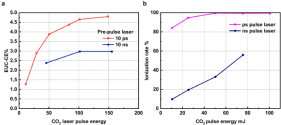Yes, it seems that will be the situation, if the plan is not to make the next big tool, ASML will focus on optimizing the performance of its EUV tools and expanding the usability of its DUV systems. Focusing more on the software side of lithography, perhaps working on AI-enhanced lithography, advance metrology, new yield optimization tools and lithography as a service.After High-NA he thinks there will not be another big step, just cost optimization and refining of current machines. This is a big statement. But if there is someone that knows what he is talking about, is this man.
Unless someone comes with a way to make E-Beam tool as performant as current scanners.


